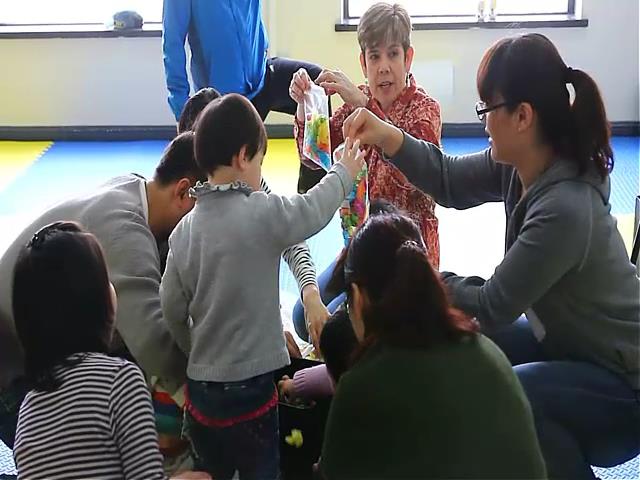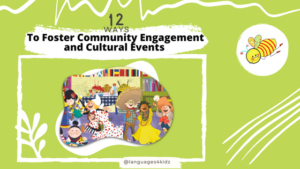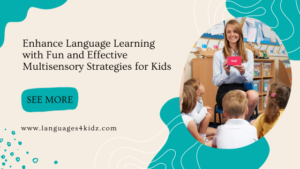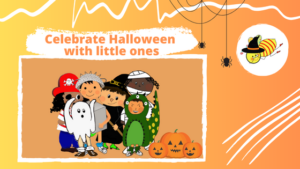Our children are learning a second language at ever younger ages. Is it a world educational revolution?
In the past few years there has been an increase on parents’ desire to expose their little ones to an early language learning start. They want the best for their children and they know that one or more languages besides their mother tongue will provide them access to better opportunities around the world.
Hence, very young children from all over the world are now being taught a second language. So, is it a good idea to learn a second language froman early age? Many research studies point out that in terms of learning language, the younger the better. Yet as we initiate our journey of teaching a second language to very young learners in different parts of the world we come to realize that in order to be successful here are some things we need to keep in mind:
- Providing a rich environment in which they can get a great deal of input,
- Being a qualified teacher. Contrary to popular belief, being able to speak the target language does not equate to an ability to teach it, particularly to very young children,
- Using many resources,
- Having small classes, and
- Being a motivator.
The journey has just begun and there are huge questions to be asked (and answered) from all stakeholders. For example, in what contexts are children advantaged and disadvantaged by learning a second language in primary and pre-primary schools? What are the most effective methods for teaching languages to children in particular contexts? Is there an example of best practices from teachers from all around the world? What kind of training in teaching languages do primary and pre-primary teachers need and what should their level of the target language be?
The list of questions, like the field, is growing and the answers will ceratinly support our own approach to language learning in primary and pre-primary schools where there is very litlle expertise.







